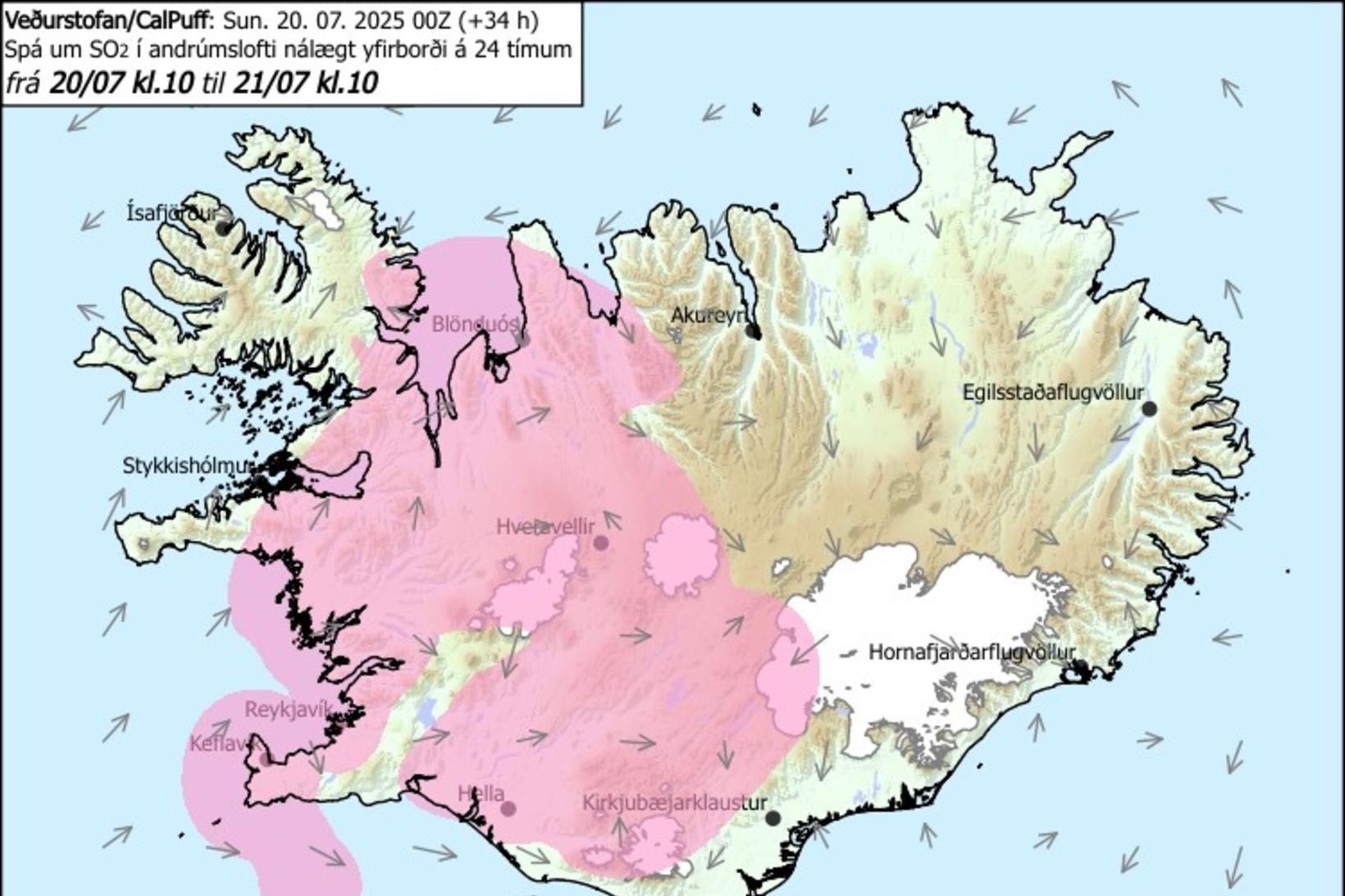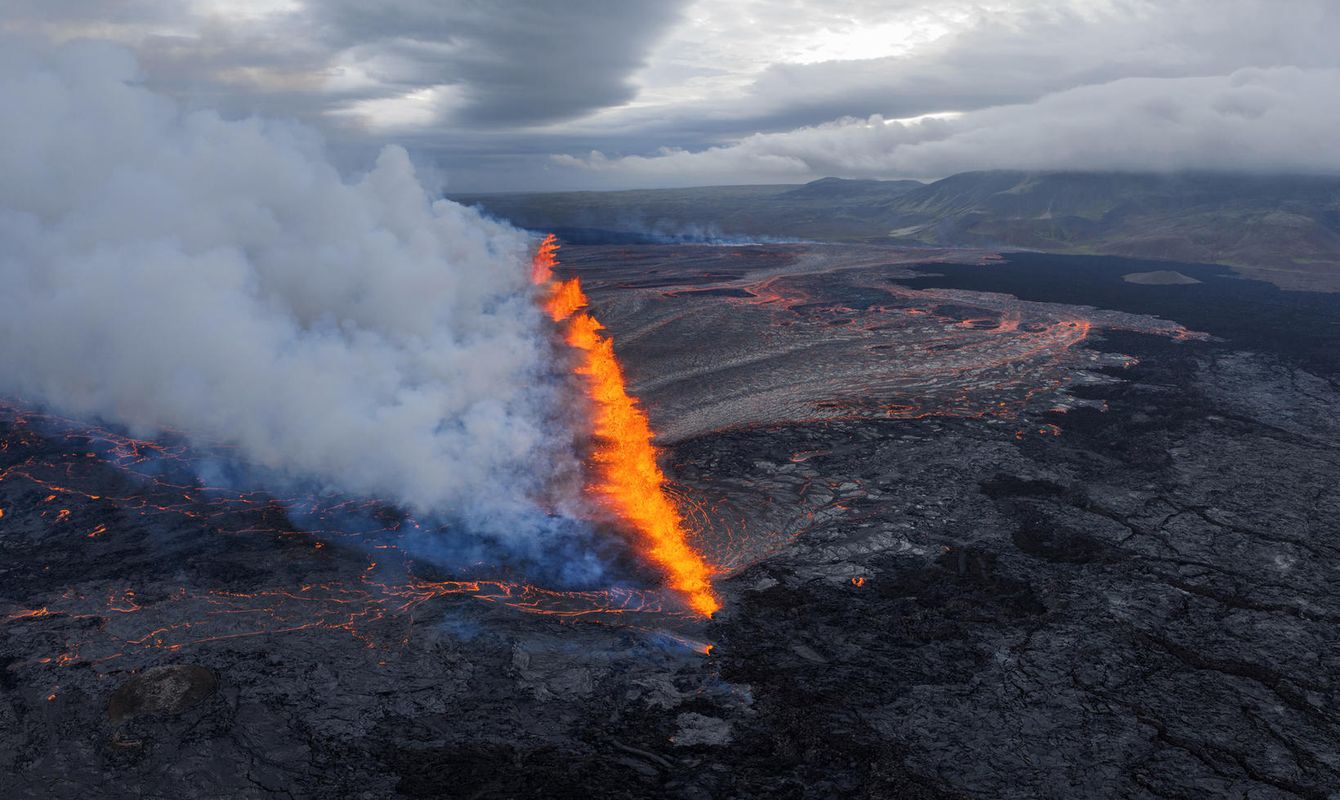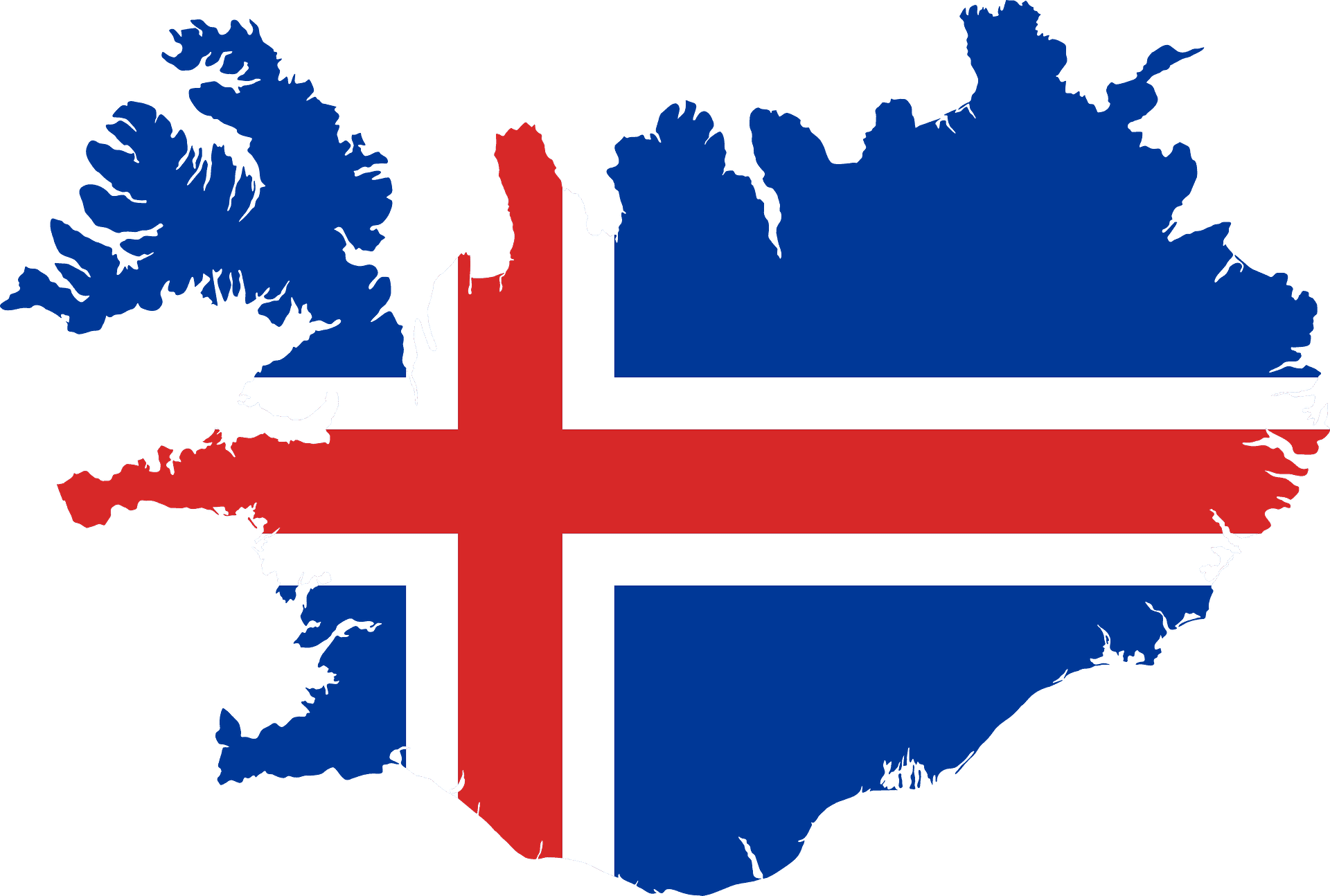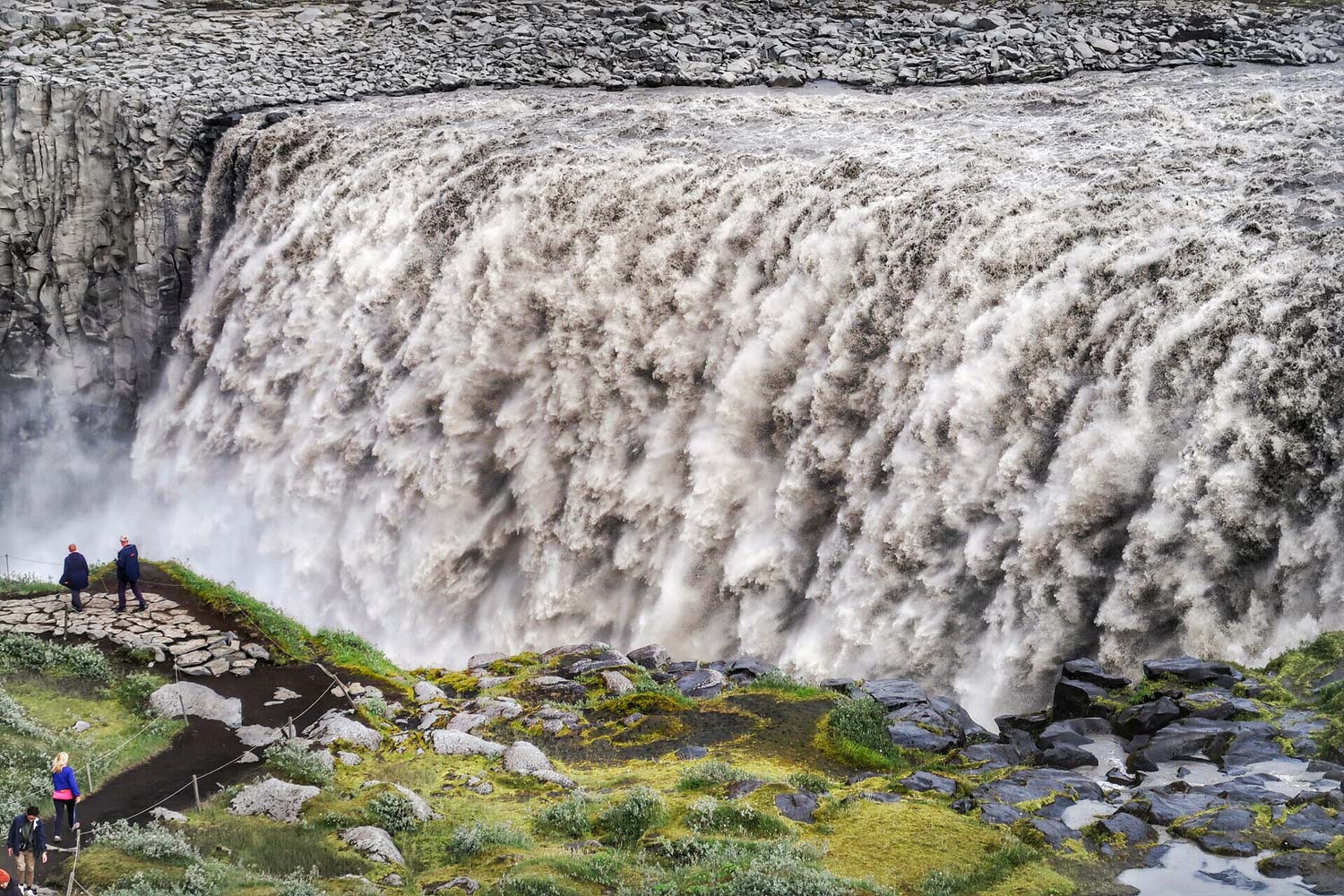Information about Iceland
Facts
Population
383 100
National day
17 June
Waterfalls
Over 10,000
Iceland total area
103,000 km²
Currency
Icelandic Krona
Volcanic mountains
Over 130
Located in
North Atlantic Ocean
Official Religion
Evangelical Lutheran
Covered by forests
Only 2% of Iceland
Official language
Icelandic
Capital
Reykjavik
Is the northernmost capital in the world
Gulf Stream provides a mild climate
in capital area, but it can be very strong wind
Vatnajokull Glacier, located in southeastern Iceland, is the largest glacier in Europe
Iceland is one of the few countries in the world where you can swim outside in naturally warm pools, even in the winter
The Blue Lagoon is Iceland's most famous hot spring. It is National Geographic’s 25 Wonders
of the World
Iceland has one of the
cleanest tap water in the world
Iceland located on the rift between the North American and Eurasian tectonic plates. This
is the primary reason for the country's high volcanic activity
Iceland has the world's oldest parliament,
the Althing, which was established in 930 AD
Iceland is one of the few places in the world where you can see the Northern Lights
All information about Icelandic weather
Other links
All information about
current road conditions
Information about the Airport
and flight tracking
Information about Reykajvik public swimming pools
Summer
Summer in the capital area is relatively cool, with average temperatures around 18°C. It often feels fresher than you'd expect, and there can be several consecutive days without sunshine. Wind and rain are frequent, and wind significantly affects how the temperature feels — a breezy day can feel much colder than the thermometer suggests, while sunny days feel pleasantly warm.
Winter
Winter is not as cold as many imagine, especially in the Reykjavík area. Temperatures often stay around 0°C. However, due to wind chill, it can feel much colder — for example, it might feel like –7°C even if the forecast shows +2°C. Outside the capital, winter temperatures tend to be lower and conditions harsher.
Clothing Tips
Always wear comfortable, waterproof hiking boots.
Use wool or thermal base layers.
Waterproof and windproof hiking trousers and outer layers are essential.
Even in summer, a winter jacket is useful for chilly evenings.
Bring both light and warm layers to adapt to changing conditions during the day.
In summer, if you prefer sleeping in darkness, bring an eye mask — the nights are very bright.
Sunglasses and sunscreen are needed year-round, as the UV radiation can be strong even when it’s cool.
And no matter the season, always pack a swimsuit — Iceland’s hot springs and geothermal pools are part of everyday life and a must-experience.














